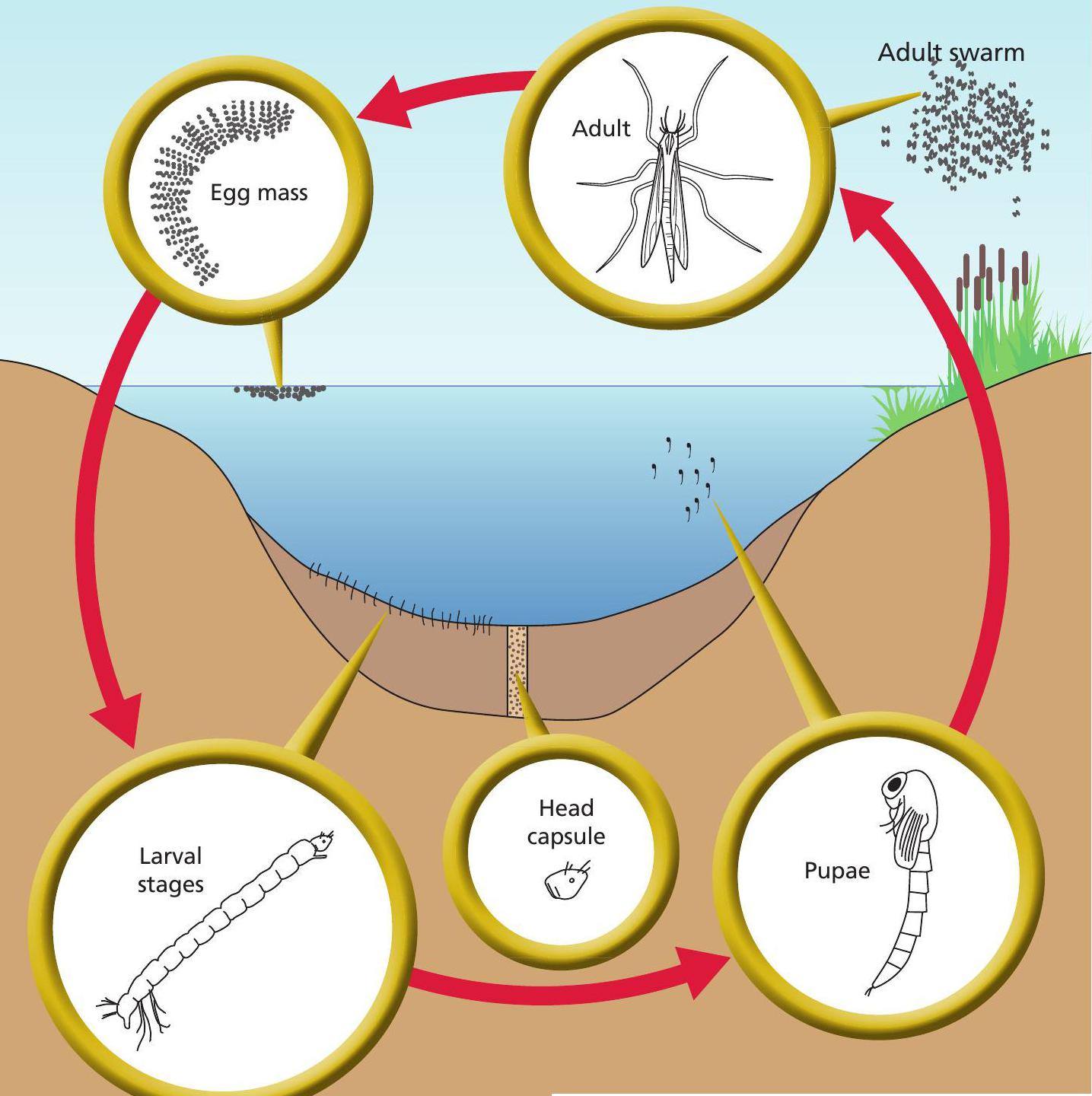
Natural environments are constantly changing, whether through processes like climate change or human actions like deforestation. It is often difficult to assess precisely what changes have taken place in an environment, yet this is crucial if we are to understand the past and manage environments sustainably into the future.
Chironomids are non-biting midges, small flying in sects found at almost every lake and waterway in the world. They rely on water to complete their life cycle. If the conditions in the lake are suitable, they lay their eggs on the water, and, when the larvae hatch, they live on the lake bed. Eventually, the chironomid larvae pupate, rise to the water surface and emerge as winged adult midges that fly away.
Your organisation does not have access to this article.
Sign up today to give your students the edge they need to achieve their best grades with subject expertise
Subscribe




